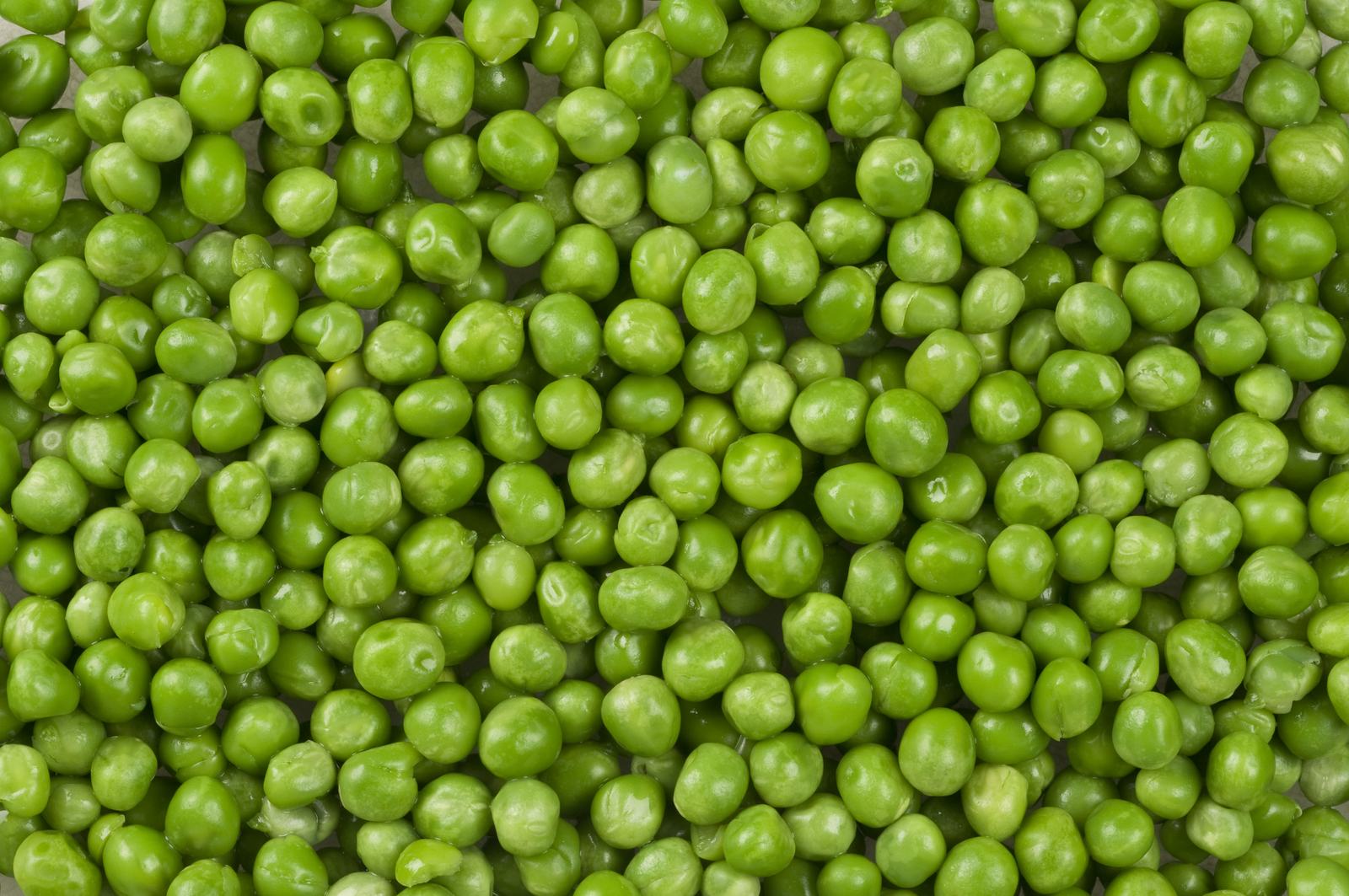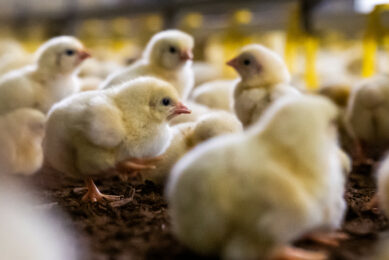Protein availability in feed increased with new pea variety

A new pea variety will help animals absorb more protein from the diet. Some breeders already show interested in the new peas.
This is what scientists at the BBSRC strategically-funded John Innes Centre found. The new peas will cut costs for farmers because fewer of the novel peas will give the same or higher nutritional benefit than standard peas.
Peas without inhibitors
Pea and other legume seeds contain several inhibitors that stop proteins being absorbed fully from the diet of humans, poultry and livestock. Dr Claire Domoney’s group at the John Innes Centre used non-GM methods to develop peas that don’t have these inhibitors. As well as helping animals get more from feed, better protein digestion decreases the nitrogen content of livestock manure. Excess nitrogen in waste can pollute nearby watercourses.

Dr Domoney: “These inhibitors have been a long-standing problem in feed manufacture.”
Discovery of wild pea
Dr Domoney said: “These inhibitors have been a long-standing problem in feed manufacture. The discovery of a wild pea, a Pisum elatius line which lacks a protein defined as an ‘anti-nutrient’, is a clear example of the value of diverse germplasm collections. Being able to generate and/or discover genetic variation for traits of interest to growers is essential for improving crops. In our case, the wild pea mutant has been crossed readily with the cultivated species, Pisum sativum, providing a headstart for breeders.”
Market opportunities
Previous nutritional studies with broiler chickens have shown that high amounts of the inhibitors can reduce protein availability by up to 10%. Dr Domoney’s group will follow up their proof of concept study with feed nutritionists who will measure the difference the improved peas make to animal digestion. The novel types of pea will offer advantage to UK breeders and growers targeting markets outside the UK, where the concentration of these inhibitors in seeds is measured not just for feed formulations but also as part of the registration process for new varieties.
Interest from breeders
Breeders, including Limagrain and Wherry & Sons, are already showing interest in the new peas. As non-GM methods were used, Dr Domoney expects widespread adoption of the variant pea lines and that the novel peas could reach the market within five years.
The study has been published in the journal PLOSone.











